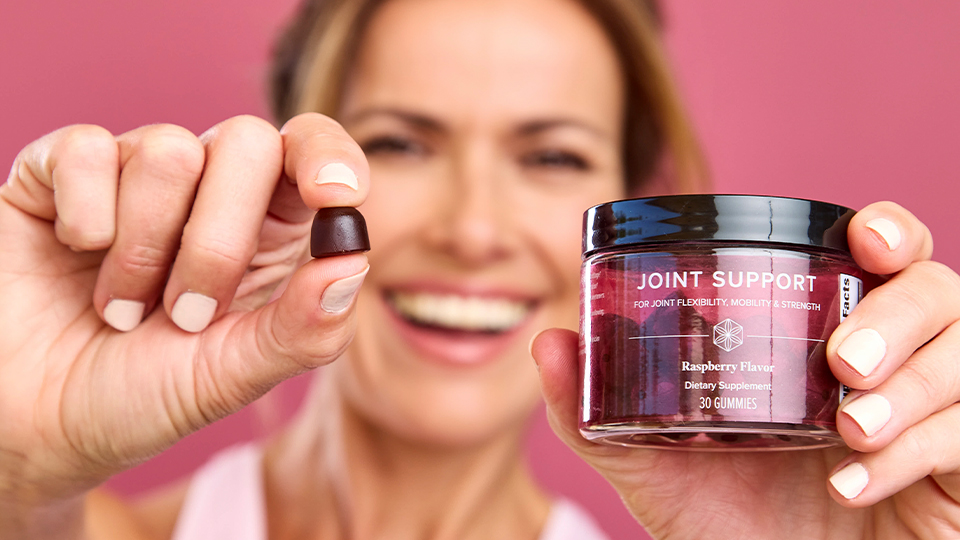Creatine supplementation has been a popular go-to for the serious athlete striving to put on extra muscle and optimize their workouts. But unlike typical supplementation regimens, creatine “loading” is a long-standing, common practice where the individual supplements with four to five times the amount of creatine the body needs with the purpose of rapidly saturating the muscles with the energy-producing compound. After the loading phase is complete, a maintenance phase begins with supplementation in the range of 3-5 grams per day.
But is creatine loading necessary for maximum muscle performance?
Generally speaking, creatine loading is unnecessary and offers no more benefit than supplementing with the maintenance dose on a daily basis. This is because muscle tissue has an upper limit for how much creatine it can actually store and what the body can’t use it excretes in the urine (1). In fact, this was confirmed in a recent study from Baylor University where researchers examined the effects of a typical creatine-loading protocol on body composition, strength, and creatine metabolism (2).
In this nine-week study, 19 healthy, resistance-trained young men followed a four-day-a-week weight training program and were randomly assigned to either supplementation with a placebo (sugar) or with 20 grams of creatine per day. After one week of loading, subjects reduced consumption of creatine to 5 grams per day for an additional four-week maintenance phase. For the final five weeks of the study, subjects ceased all supplementation.
The authors found that loading creatine “was higher than the functional capacity to be metabolized, and was wasted via urinary excretion. Despite the supplementation dose based on lean mass measures to attempt to reduce this occurrence, considerable amounts of creatine were still essentially wasted.” Basically, the loading phase was no different in terms of saturation compared to the maintenance phase and the body just simply wasn’t able to use the excess amount.
Similarly, in another study using college football players with substantially more muscle mass, researchers compared the effects of low doses of creatine at 3 grams per day versus creatine loading (3). What the researchers observed was that based upon blood analyses and standardized performance tests, creatine loading using high-dose supplementation did not produce any significant differences on strength or body fat reductions when compared to the lower dose. In fact, the low dose supplementation group exhibited greater improvements in lean mass. Again, the body simply couldn’t use the elevated dosages of creatine and simply excreted the excess.
Isagenix does not advocate creatine loading and, instead, offers a carefully selected dose of creatine in AMPED™ Power. Taking AMPED Power on a consistent and daily basis will ensure your muscles are getting creatine at a level that your body can use. Remember, more isn’t always better; and when you use a high-quality source of creatine like creatine monohydrate in AMPED Power, you’re getting a high-quality product.
References
- Greenhaff PL, Bodin K, Soderlund K, Hultman E. Effect of oral creatine supplementation on skeletal muscle phosphocreatine resynthesis. Am J Physiol. 1994; 266(5 pt 1):E725–E730.
- Andre T, Gann J, McKinley-Barnard S & Willoughby D. Effects of five weeks of resistance training and relatively-dosed creatine monohydrate supplementation on body composition and muscle strength, and whole-body creatine metabolism in resistance-trained males. IJKSS. 2016; 4(2): 27-35.
- Wilder N, Deivert RG, Hagerman F & Gilders R. The effects of low-dose creatine supplementation versus creatine loading in collegiate football players. J Athl Train. 2001 Jun; 36(2):124-129.





